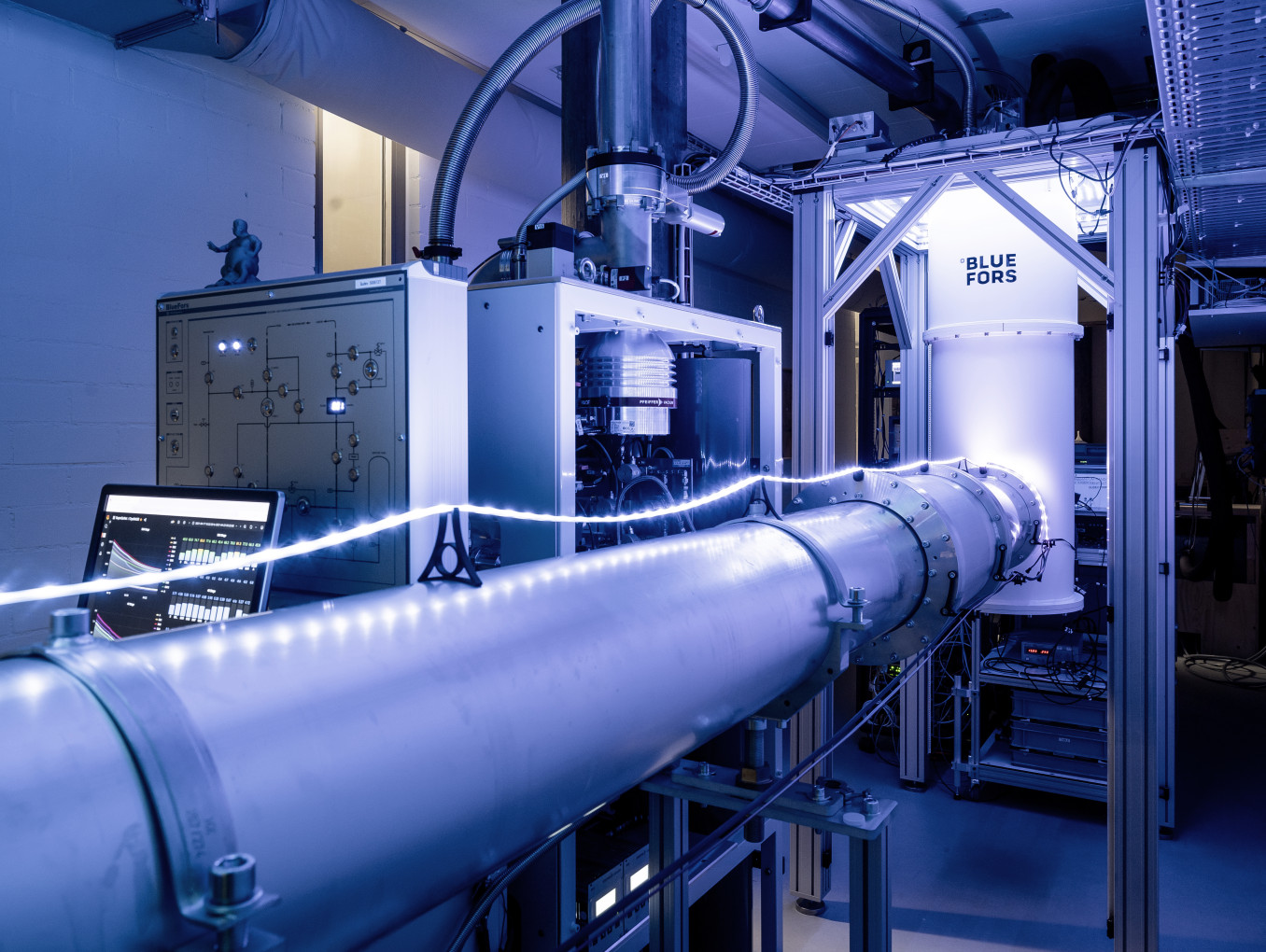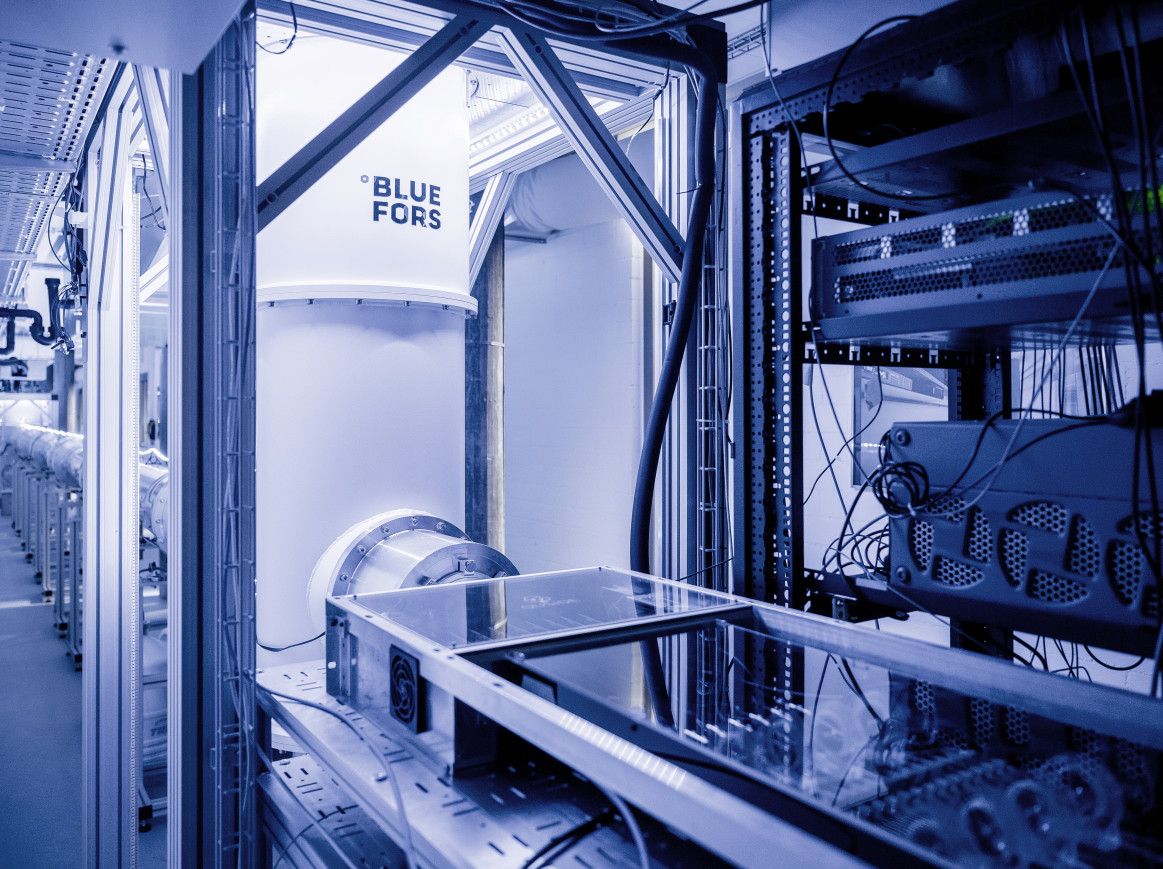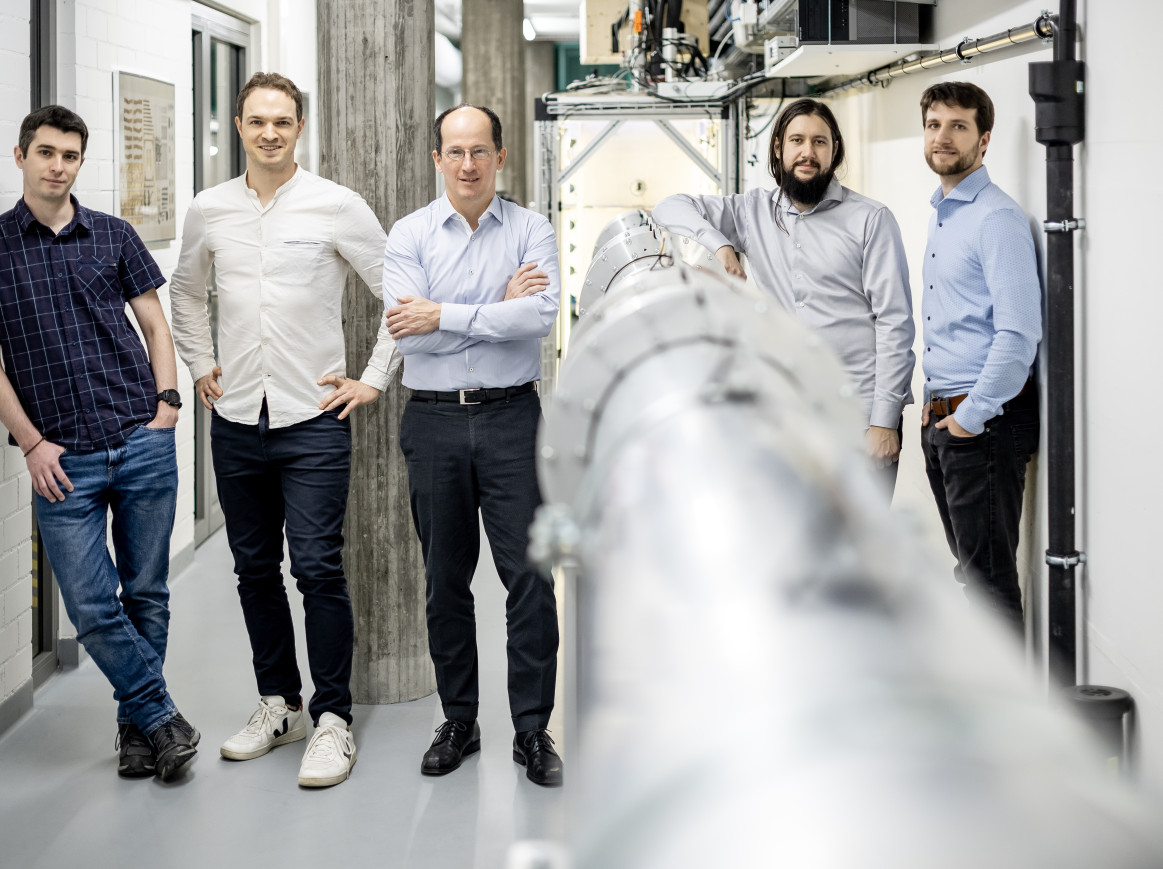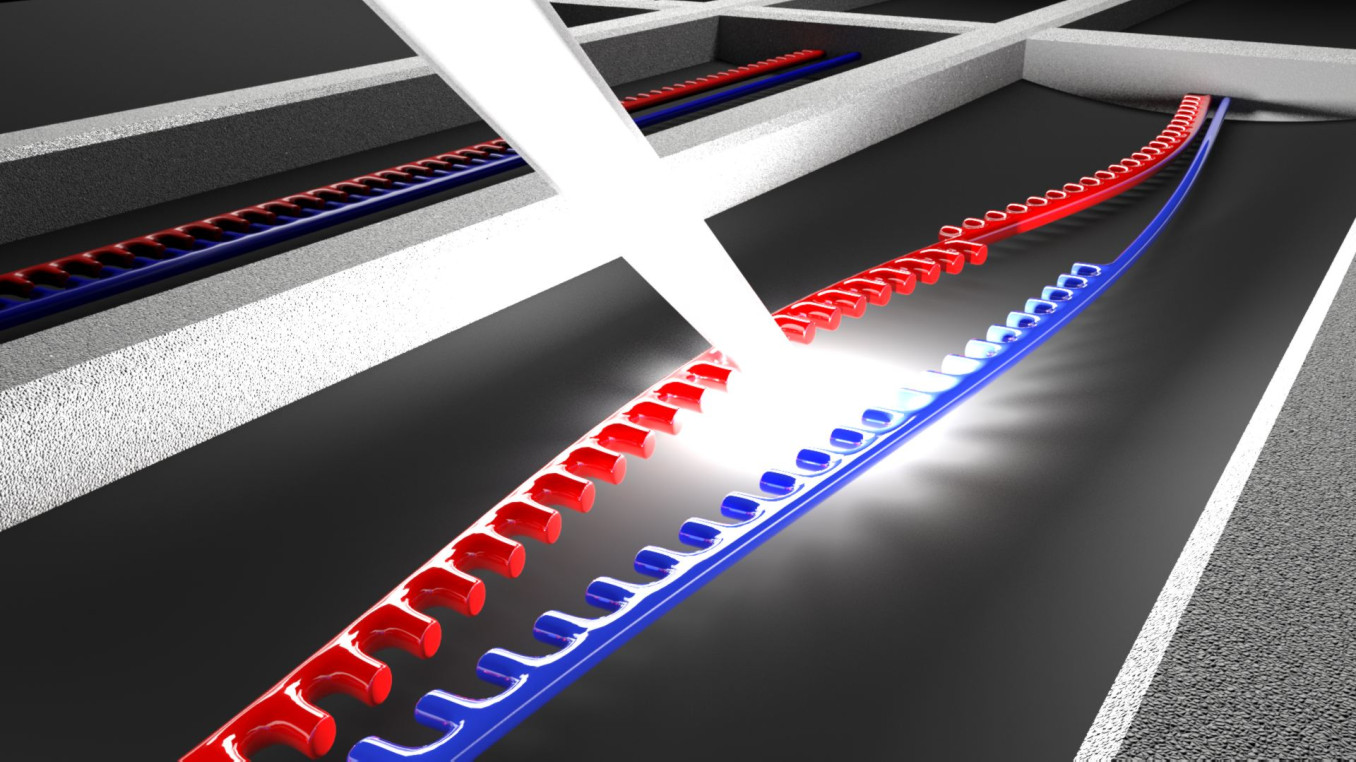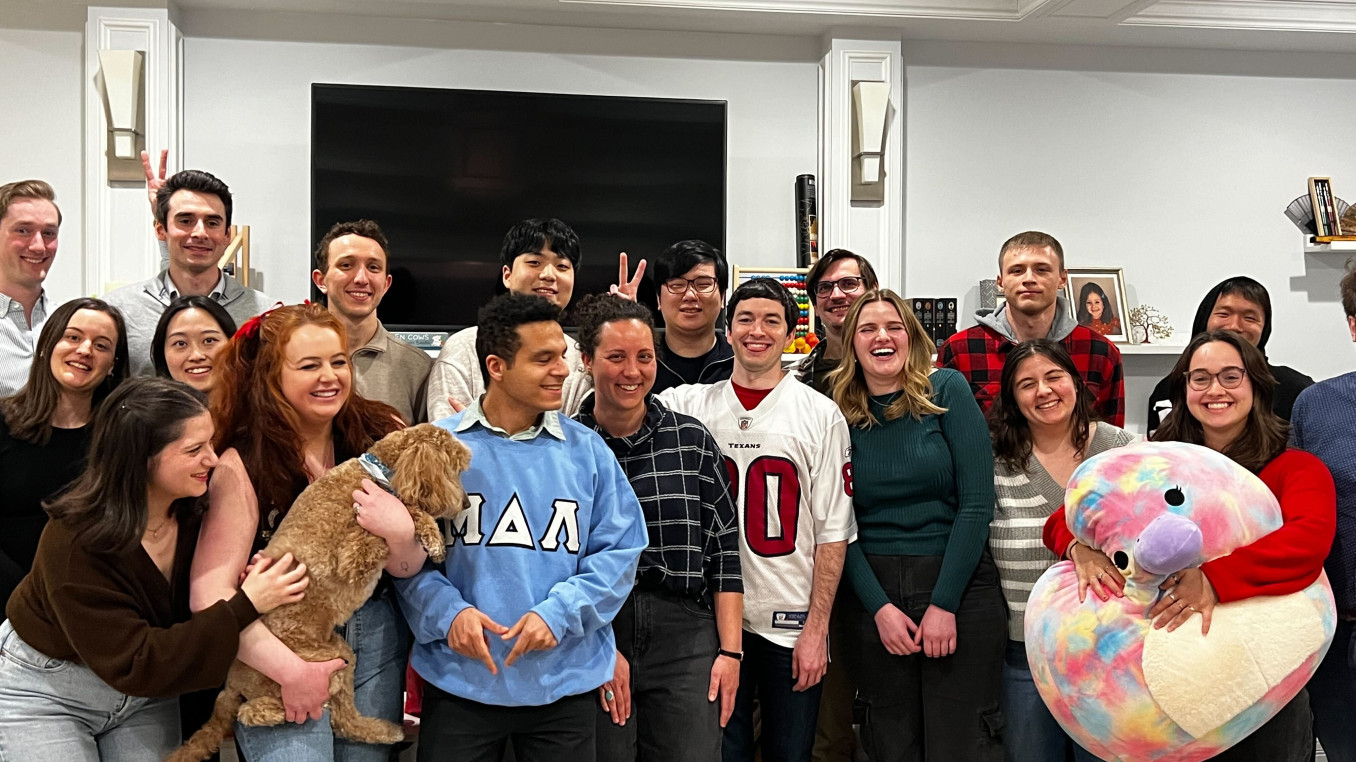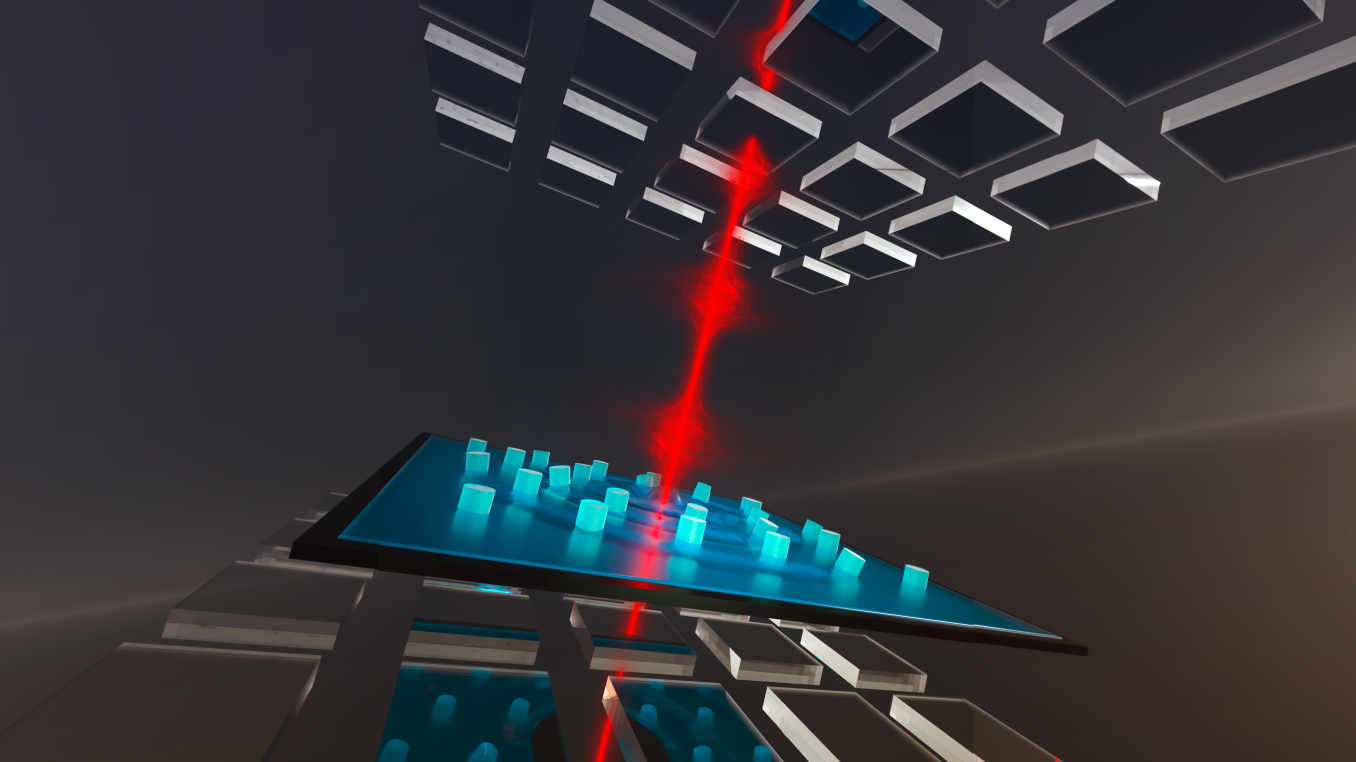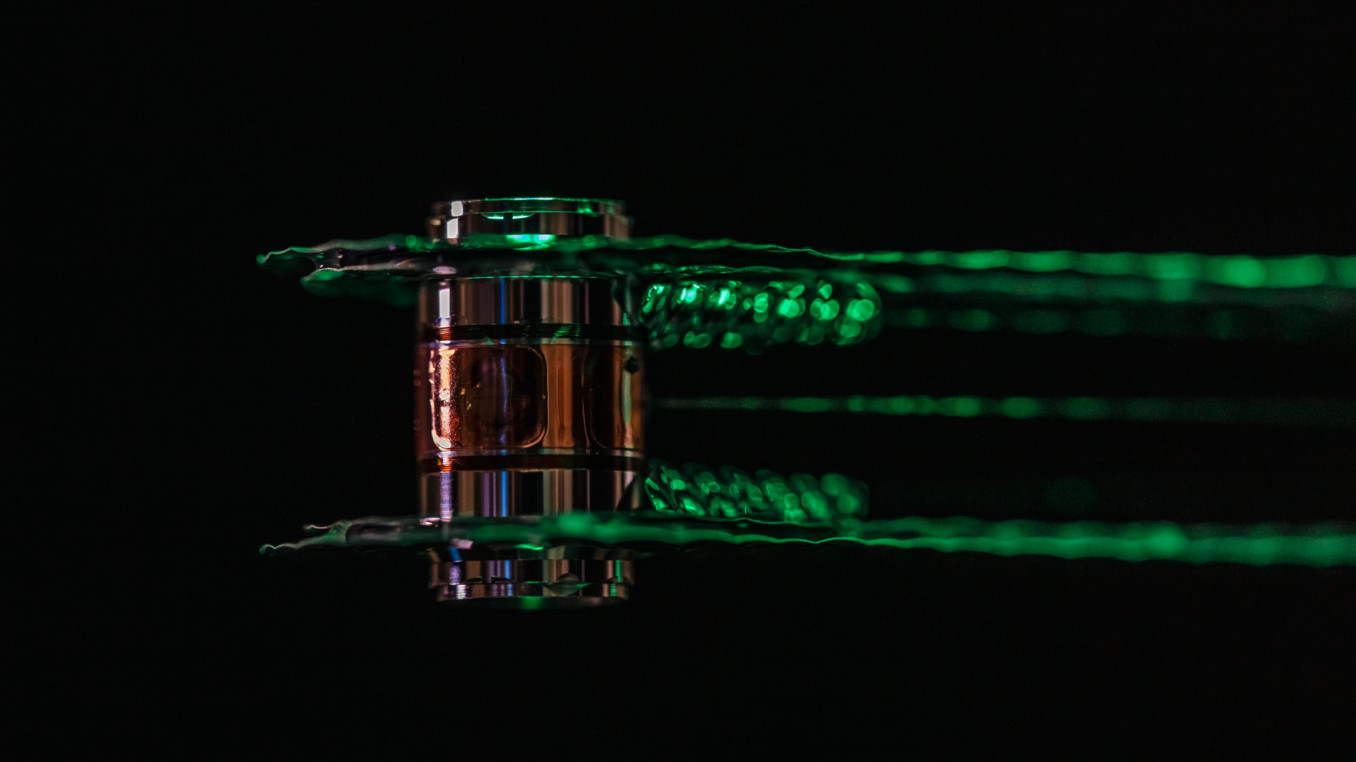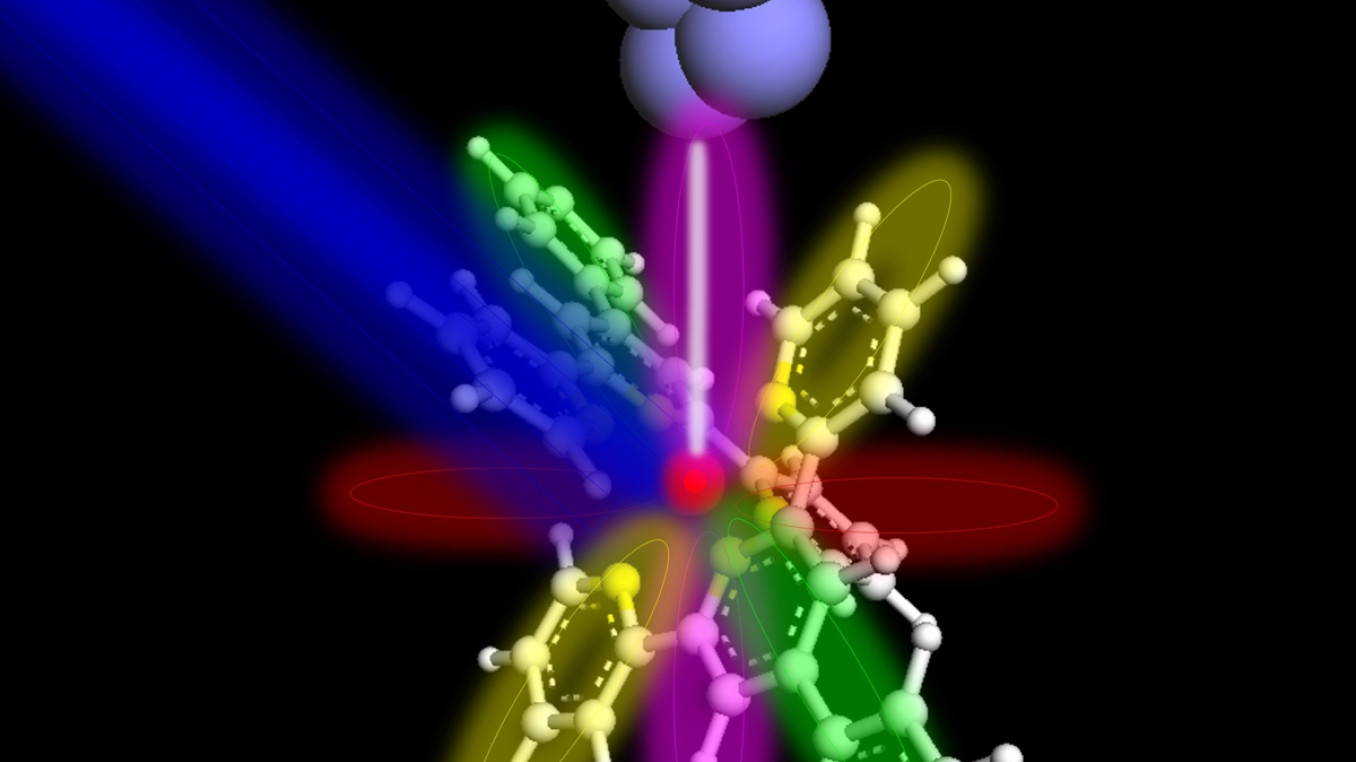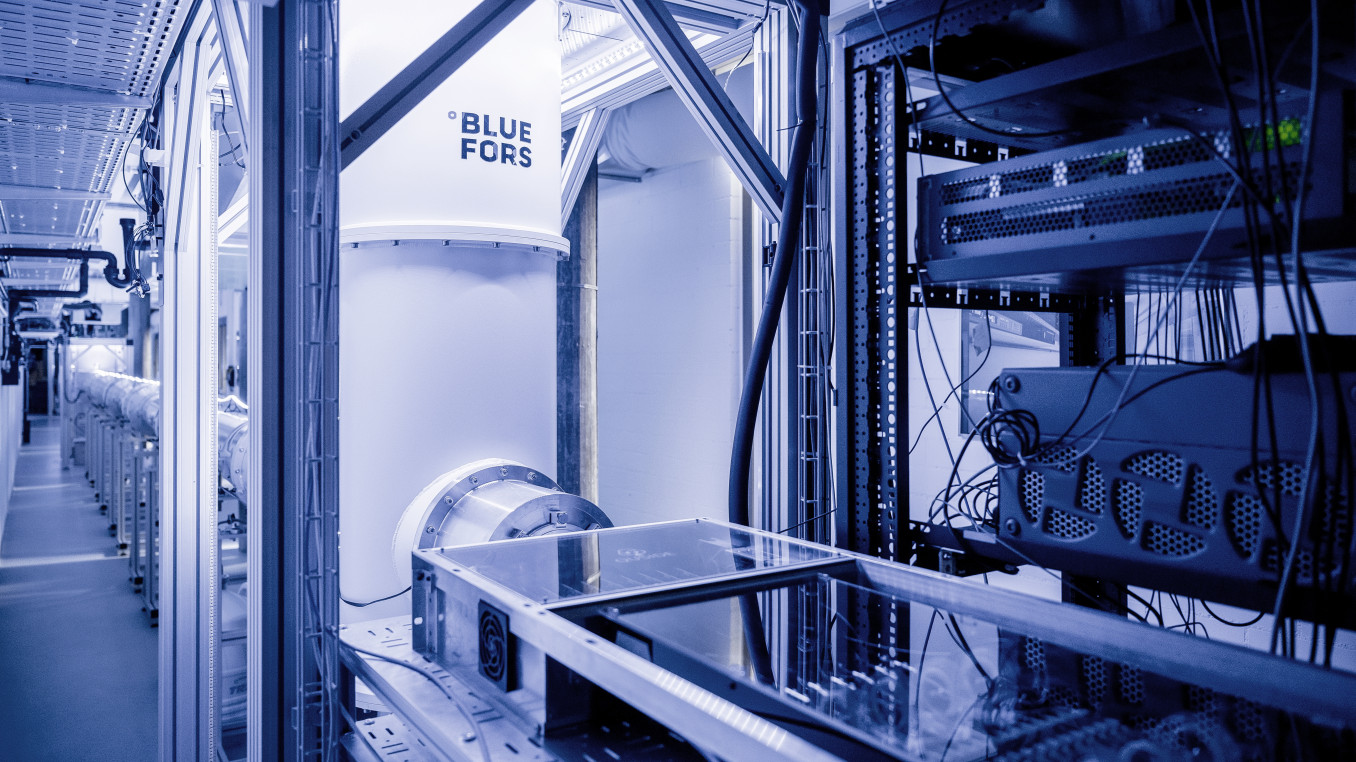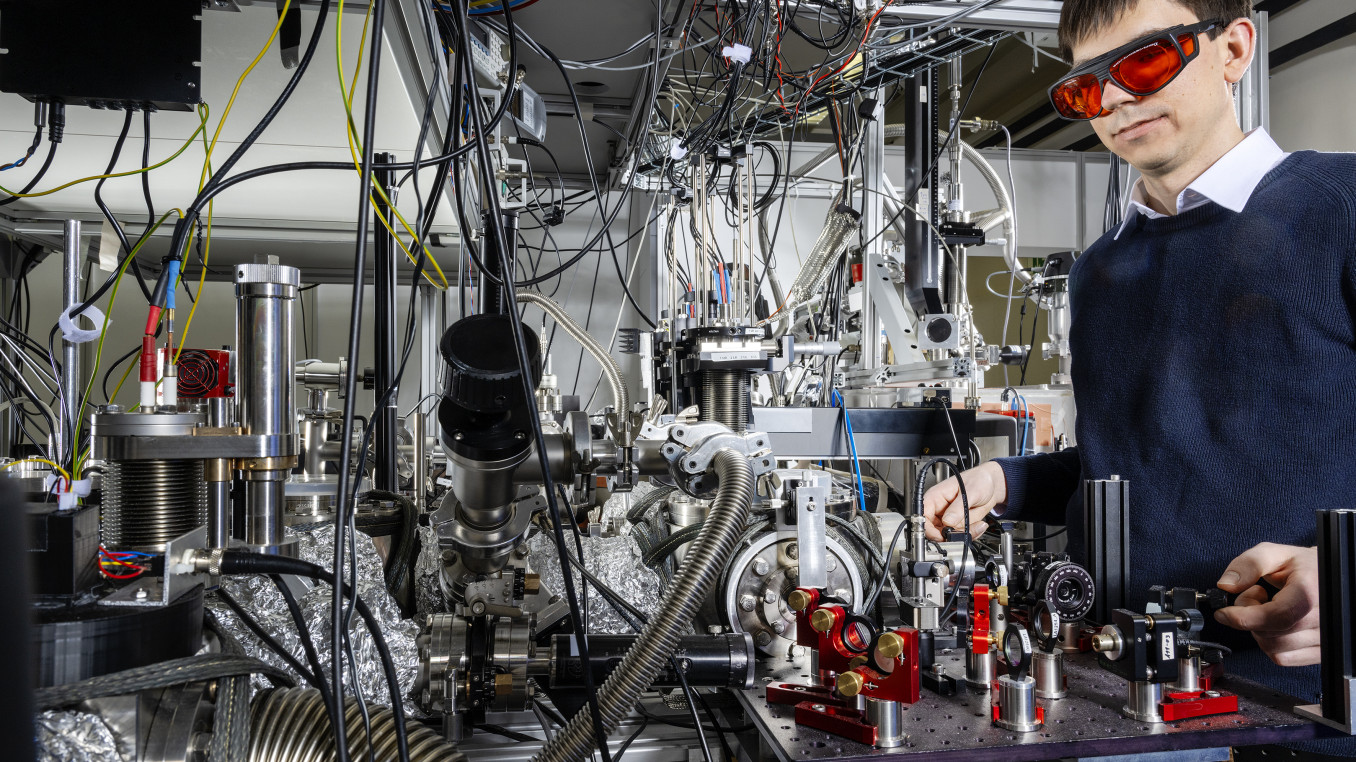Quantum Communication Breakthrough: Simon Storz Connects Quantum Circuits Over 30 Meters
Breaking the Wall of Quantum Communication
Winner Interview 2024: Physical Sciences
Discover the pioneering work of Simon Storz, who has achieved inter-cryostat quantum communication between superconducting quantum processors. By entangling circuits through a 30-meter cryogenic quantum channel, his research advances quantum interconnects and distributed quantum computing, addressing key challenges in quantum technology.
Which wall does your research or project break?
Superconducting circuit quantum processors are a prime contender for building large-scale quantum computing systems, a technology that may vastly outperform classical computers for specific tasks in the future. However, as these processors rely on microwave signals sensitive to thermal noise, they must be cooled to nearly absolute zero and are thereby confined to dilution refrigerators. This confinement complicates interconnecting multiple processors over longer distances. Efficient and low-noise conversion of these microwave signals to their optical counterparts for use with optical fibers is not yet available. Meanwhile, microwave-based channels require cryogenic temperatures, presenting considerable engineering challenges. Following this approach, we have overcome the barrier of inter-cryostat quantum communication between microwave-based quantum devices, entangling two quantum circuits through a 30-meter-long cryogenic quantum channel. This setup forms the basis of microwave-based quantum interconnects and proves useful for addressing fundamental physics questions.
What are the three main goals of your research or project?
The first goal is to establish quantum communication capabilities between remote superconducting circuits, separated by linear distances of tens of meters. The second goal is engineering related - to build a 30-meter-long cryostat that faithfully operates at millikelvin temperatures over the course of months. The third goal is to answer fundamental physics questions using the presented setup. Namely, whether nature is non-local at its heart or not. Finally, the combination of these goals will allow for applications of non-local quantum communication in the context of distributed quantum computing.
What advice would you give to young scientists or students interested in pursuing a career in research, or to your younger self starting in science?
Motivation, dedication, and a good team make a powerful combination for successful research. Find a project that fascinates you, and work diligently. But remember to balance your efforts with rest - know your limits and respect them. Additionally, learn from others as much as possible. A good team with a positive spirit is magical. Surround yourself with people who inspire you, teach you, and treat you well, enhancing both your professional and personal growth.
